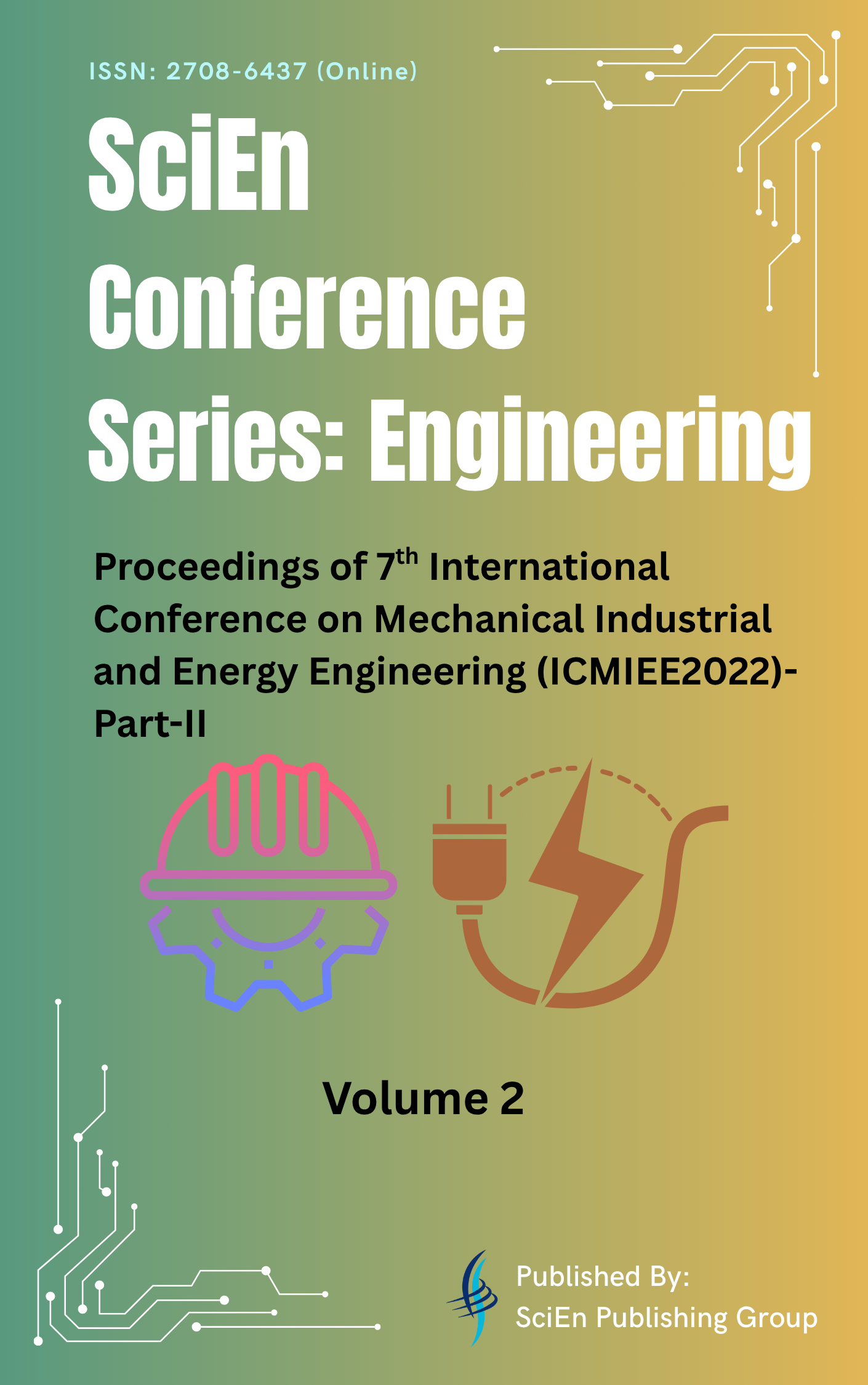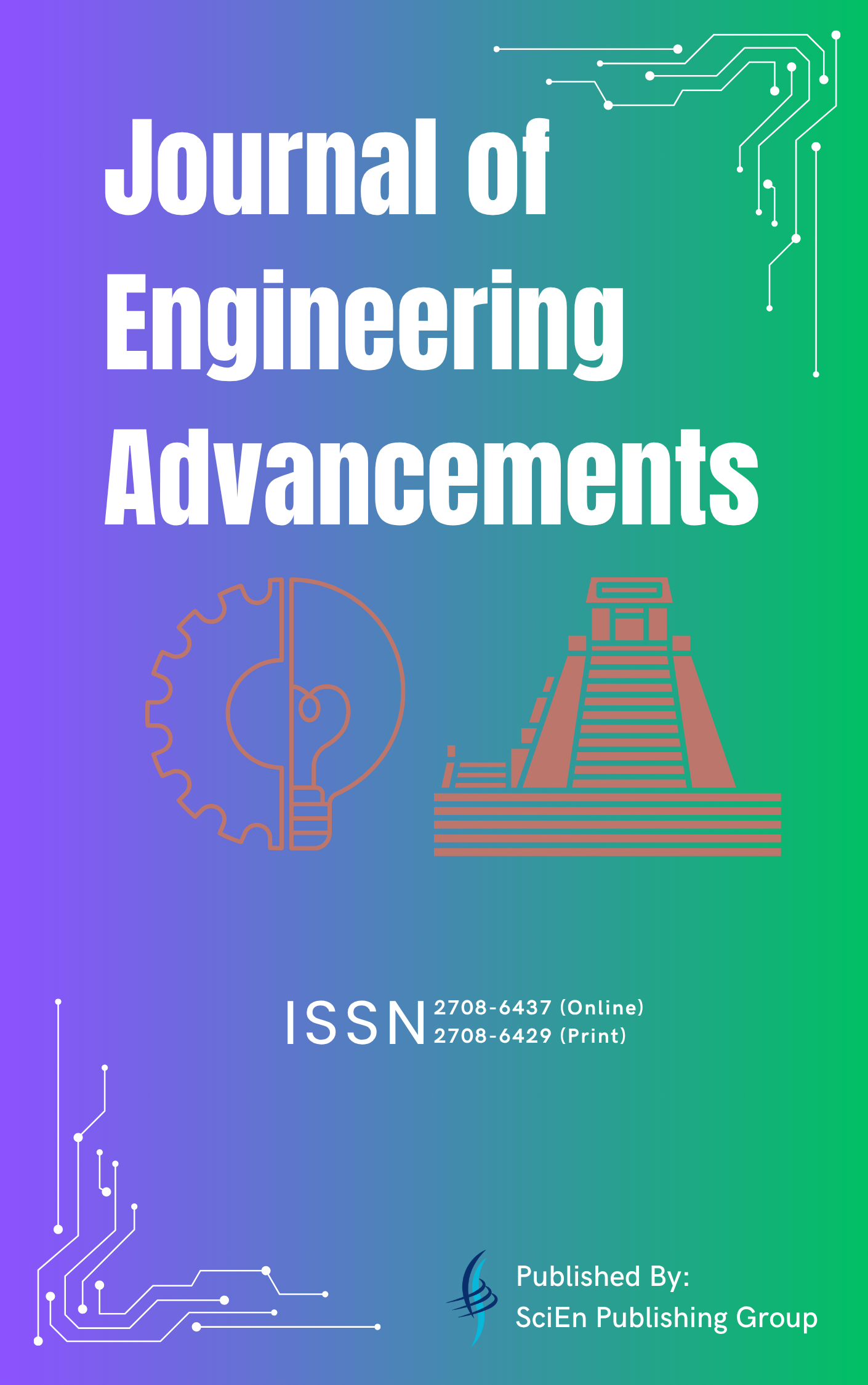Evaluation of a Different Model of Affordable Eco Cooler Using Thermoelectric Module and Joule Thomson Effect and Its Social Aspects
DOI:
https://doi.org/10.38032/scse.2025.2.9Keywords:
Thermoelectricity, Peltier, Joule Thomson, Eco-Cooler, SurveyAbstract
Researchers have lately shown an interest in developing piezoelectric technology as a particularly noble cooling method definitely due to its obvious benefits over compression refrigeration methods like the absence of a compressor, refrigerator, moving parts, and other components. However, very few models of these types of air coolers kind of have been tested so far. This research particularly focuses on a unique thermoelectric air cooler model, including the Joule Thomson effect of air. The objective of this research is to provide an affordable cooling solution for the lower-income people living in slums and mountainous regions where the supply of enough electricity is a big issue. To produce the Joule Thomson effect, a cone-shaped physical model constructed of Polylactic acid was 3D printed, and six Peltier modules were positioned radially to strain the Thermoelectric effect and a forced draft fan is used to supply the required air with very high velocity and pressure. This product will not only be cost-efficient but also will be environmentally friendly. The social acceptance of this kind of cooler mostly has been quite a large issue also. Thus, a survey has been conducted on 50 middle-class to really poor people of Mirpur 11 (Parise Road slums) and Vashantek where the importance of this kind of cooler has particularly become. Around 76% of them found it useful and generally were very kind of interested in it being set in their houses, which is quite significant. However, a presence of doubt in the mind of basically many people about the lifespan of this product sustains.
Downloads
Downloads
Downloads
References
Patterson, Murray G., What is energy efficiency?: Concepts, indicators and methodological issues, Energy policy, vol. 24, pp. 377-390, 1996. DOI: https://doi.org/10.1016/0301-4215(96)00017-1
https://www.climate.gov/news-features/understanding-climate/climate-change-global-temperature (April 04, 2022).
Khan, A.H., Ahmed, Z., Islam, M.S., Ghosh, A.K., Evaluation of cooling capability of an eco-cooler: experimental and numerical analyses, Energy Procedia, vol. 160, pp.100-107, 2019. DOI: https://doi.org/10.1016/j.egypro.2019.02.124
Roebuck, J. R., The Joule-Thomson effect in air, Proceedings of the American Academy of Arts and Sciences, Vol. 60, No. 13, pp. 536-596, American Academy of Arts & Sciences, 1925. DOI: https://doi.org/10.2307/25130079
Oldenburg, Curtis M., Joule-Thomson cooling due to CO2 injection into natural gas reservoirs, Energy Conversion and Management, vol. 48, pp. 1808-1815, 2007. DOI: https://doi.org/10.1016/j.enconman.2007.01.010
Jose, Allwin, Alan D'souza, Sarvesh Dandekar, Jitesh Karamchandani, Pavan Kulkarni, Air conditioner using Peltier module, International Conference on Technologies for Sustainable Development (ICTSD), IEEE, pp. 1-4, 2015. DOI: https://doi.org/10.1109/ICTSD.2015.7095879
Tian, M.W., Aldawi, F., Anqi, A.E., Moria, H., Dizaji, H.S., Wae-hayee, M., Cost-effective and performance analysis of thermoelectricity as a building cooling system; experimental case study based on a single TEC-12706 commercial module, Case Studies in Thermal Engineering, vol. 27, pp.101366, 2021. DOI: https://doi.org/10.1016/j.csite.2021.101366
Abbas, Z., Shah, A.N., Hassan, M.T., Ali, M.S., Naseem, B., Asghar, A., Haider, A., Performance evaluation of novel solar-powered domestic air cooler with Peltier modules, Journal of Mechanical Science and Technology, vol. 34, pp.4797-4807, 2020. DOI: https://doi.org/10.1007/s12206-020-1036-0
Genix, M., Vairac, P., Cretin, B., Local temperature surface measurement with intrinsic thermocouple. International Journal of Thermal Sciences, vol. 48, pp.1679-1682, 2009. DOI: https://doi.org/10.1016/j.ijthermalsci.2009.01.020
Nithila, A. N., Shome, P., & Islam, I. (2022). Waterlogging induced loss and damage assessment of urban households in the monsoon period: a case study of Dhaka, Bangladesh. Natural Hazards, 110(3), 1565-1597. DOI: https://doi.org/10.1007/s11069-021-05003-1
Published
Conference Proceedings Volume
Section
License
Copyright (c) 2025 Md Rashidul Alam, Md. Bayazid Bostami, Siam Alam, Ayon Mahmud (Author)

This work is licensed under a Creative Commons Attribution 4.0 International License.
All the articles published by this journal are licensed under a Creative Commons Attribution 4.0 International License


